Electric vehicles have made our lives more efficient, future-focused, and convenient. However, this convenience depends on a fully functioning home EV charger. While it’s easy to forget about maintenance once your charger is installed, even the most cutting-edge units need upkeep. Small issues can quickly lead to poor charging performance, costly repairs, and even safety hazards if left unchecked.
In this blog, we list common signs your home electric vehicle (EV) charger needs servicing and share expert tips to help keep your system in peak condition.
Why Home EV Charger Maintenance is Important
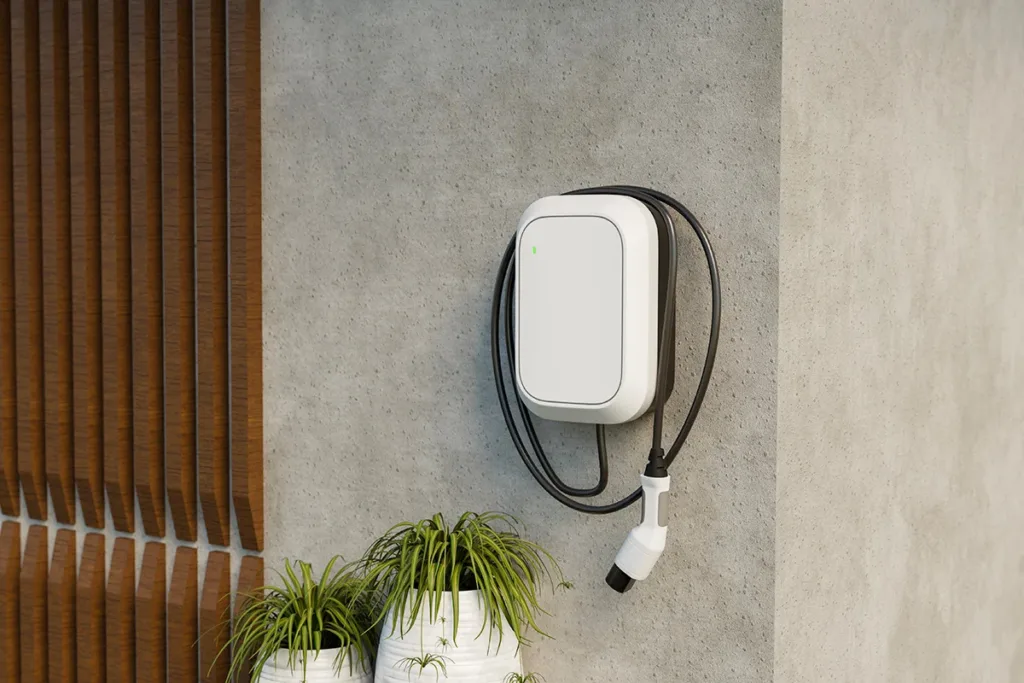
Just like your electric vehicle, your EV’s charger needs regular maintenance to stay functional and efficient. Ignoring upkeep can lead to costly problems down the line and may even pose safety risks.
Below are just a few of the reasons why EV charger maintenance is so essential:
- Safety: Routine maintenance addresses issues early on and catches potential safety hazards you may not have noticed on your own. This helps reduce the risk of electrical fires, overheating, and other hazards that can harm your home or your vehicle.
- Performance: A well-maintained EV charger consistently delivers the fastest, most efficient charge so your vehicle is ready whenever you need it.
- Equipment lifespan: Routine upkeep and knowing which warning signs to watch for helps extend the lifespan of your equipment, saving you money on costly repairs and early replacements.
- Protects your EV investment: An EV can be a worthwhile and energy-efficient investment, but faulty or inconsistent charging can strain its battery system and end up costing you more money. A properly functioning charger supports your vehicle’s long-term performance and keeps everything as optimized as possible.
But how do you know when your EV charger needs maintenance? Let’s break it down below.
6 Signs Your Electric Vehicle Charger Needs Maintenance
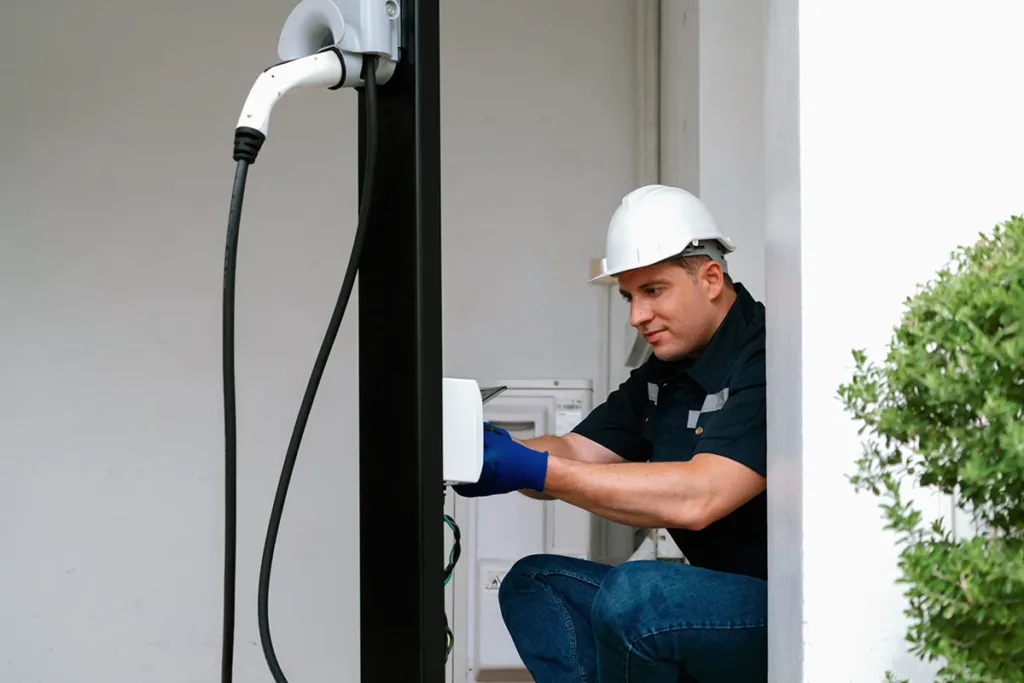
Keeping your EV charger in top shape begins with knowing when it’s time to call an electrician. If you notice any problems, a licensed electrician can take a look at your charger, identify the root issue, and complete any necessary repairs to get your unit back up and running like new.
Below are some telltale signs your charger needs professional maintenance.
1. It’s Taking Longer to Charge Your Vehicle
If your EV charger is taking much longer to charge than usual, this can indicate either a battery issue or a problem with the charging unit itself. This slowdown means your charger is delivering power less efficiently, which could be caused by worn-out internal components, faulty wiring, or issues with the outlet or breaker it’s connected to. An electrician can help identify these inefficiencies and fix them for you.
2. Frequent Circuit Breaker Trips
If you’ve noticed your circuit breaker tripping more often since your EV charger’s installation, there’s a chance this is more than just a coincidence. It often means your charger is drawing too much current or there’s a fault in the electrical system. This could be caused by a loose wire, poor grounding, or a damaged internal component, which all require immediate attention from an electrician.
3. Overheating EV Charger Cable
If your EV charger’s cable is hot to the touch, this is a major red flag. While it’s normal for it to be a bit warm after use, if it’s noticeably hot or you can’t comfortably touch it, it could indicate degraded insulation inside the cable. This can be a significant fire and electrical hazard if left unaddressed, so if you notice this issue, be sure to call an electrician right away.
4. Unusual Sounds During Charging
Most electric vehicle chargers are designed to operate silently. If you notice yours making a sound like buzzing, humming, or clicking, this can be a sign that something is wrong inside the unit. These sounds often point to problems with the wiring or loose connections that an electrician should address as soon as possible.
5. Visible Wear or Damage
It’s important to regularly inspect your electric vehicle charger for visible signs of wear or damage. Even if it seems like a surface-level scratch or dent, bumps and other mishaps can loosen connections inside the unit and cause problems. But that’s not the only issue that can have visual indications.
Some common signs of wear or damage to keep an eye out for include:
- Cracks in the housing
- Discoloration
- Scorch marks
- Frayed wires
- Rust around metal components
If you notice any of these issues, be sure to have an electrician come and inspect the charger to rule out any dangerous safety hazards.
6. Error Notifications and Warning Lights
Many EV chargers will display error messages or flash warning lights if an issue is automatically detected. Frequently getting these notifications or lights is a sure sign that something is wrong, so it’s a good idea to have your electrician check it out. The most common causes for these displays are related to power supply, software, or internal faults.
Tips for Maintaining Your Electric Vehicle Charger
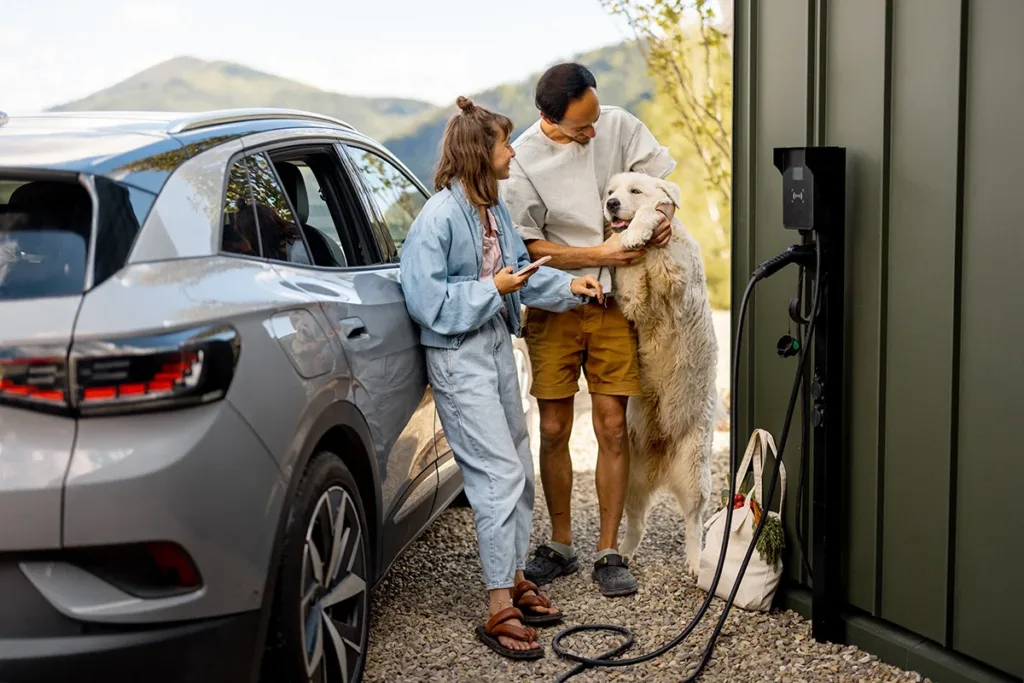
Properly caring for your EV charger can go a long way in extending its lifespan and avoiding unexpected repairs. Below are some simple but crucial maintenance tips.
Schedule Annual Inspections
Have a licensed electrician inspect your EV charger at least once a year. They’ll test for voltage drops, inspect wiring for wear, check for safe grounding, and confirm that all components are working within safe limits.
Keep the Charger and Cable Clean
Over time, dirt, dust, and moisture buildup can corrode the components of your EV charger and can even lead to issues like overheating. Every few weeks, wipe it down with a dry cloth to give it a good clean—just be sure to avoid using any cleaning chemicals or spraying it with water.
Avoid Overstretching the Charging Cable
EV charging cables are designed to bend, but constant tugging or overstretching can damage the internal wiring, which may lead to inefficiencies and safety hazards. Make sure to store the cable loosely on a dedicated hook or holster after each use to prevent kinks or fraying.
Expert EV Charger Maintenance in the North Bay Area
If your EV charger is slowing down, overheating, flashing error messages, or giving you any other signs of trouble, don’t wait until it fails to take action. Proactive EV charger maintenance helps reduce safety hazards, prevents issues from escalating into costly repairs or replacements, and ensures your EV is always ready to go when you need it.
At Schafer Electric, we have years of experience helping homeowners across Sonoma, Napa, and Marin counties with expert residential electrician services. From EV charger installation to maintenance and more, our friendly team of professionals is ready to help. Contact us online or call (707) 545-3300 to get in touch today.

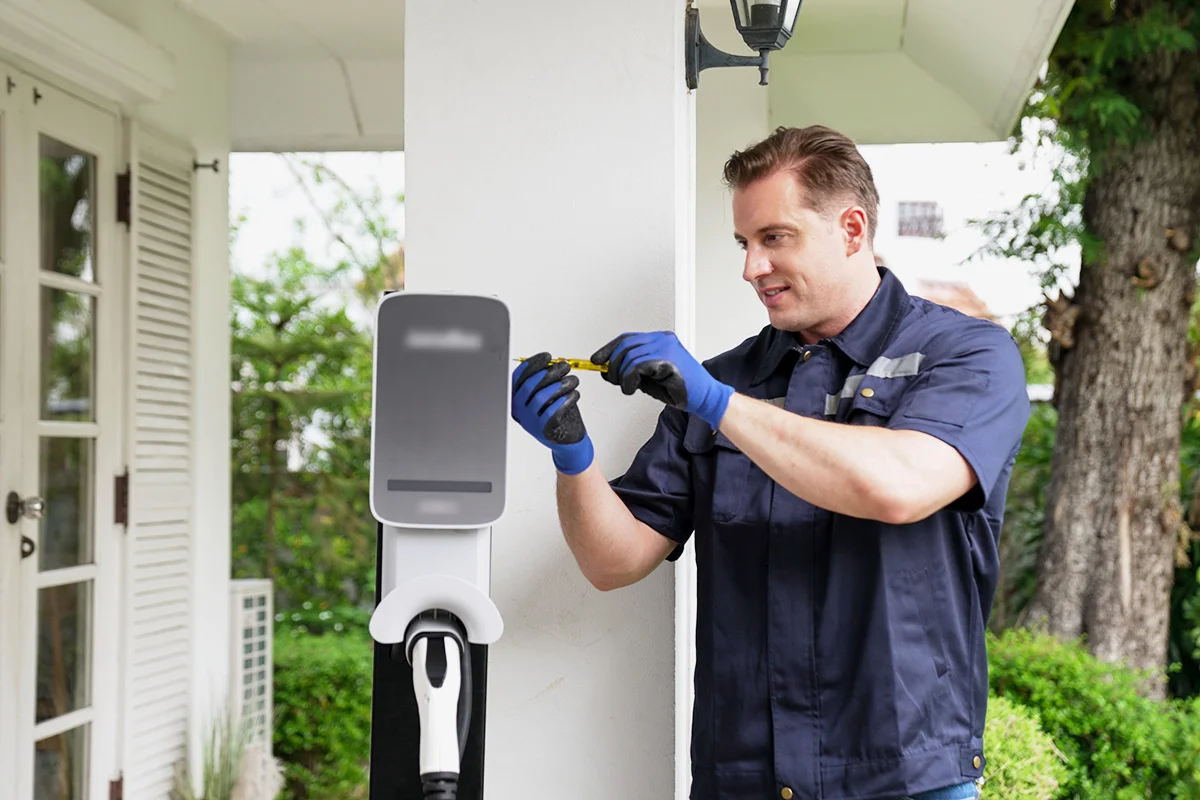

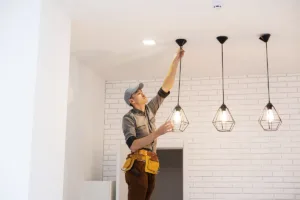

No comments yet. Add the first comment